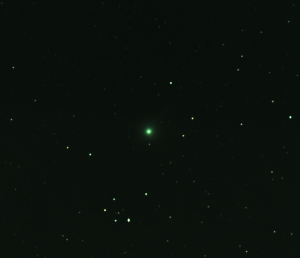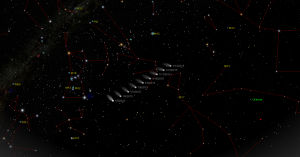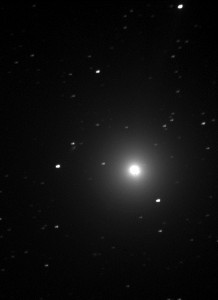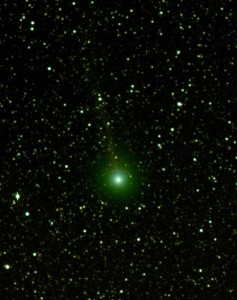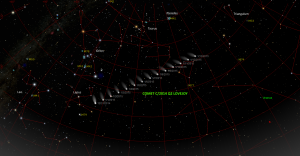This Sunday, January 20th, marks one of the major astronomical events for 2019 with a Total (Blood Moon) Lunar Eclipse.
One of the best things about this type of eclipse is that generally speaking 50% of the Earth will have visibility to it, including totality vs. a Total Solar Eclipse which viewers need to cram into a roughly 50 mile wide swath.
For this eclipse, North and South America will get the best show (weather permitting of course). The festivities will start on the 20th of January and traverse midnight into the 21st of January. For those on the East Coast the festivities will start off low-key at around 21:30 local time and really start picking up about an hour later with totality starting a little over an hour after that. For time-zones further West work back about an hour for each zone and you’ll wind up with roughly the right timing.
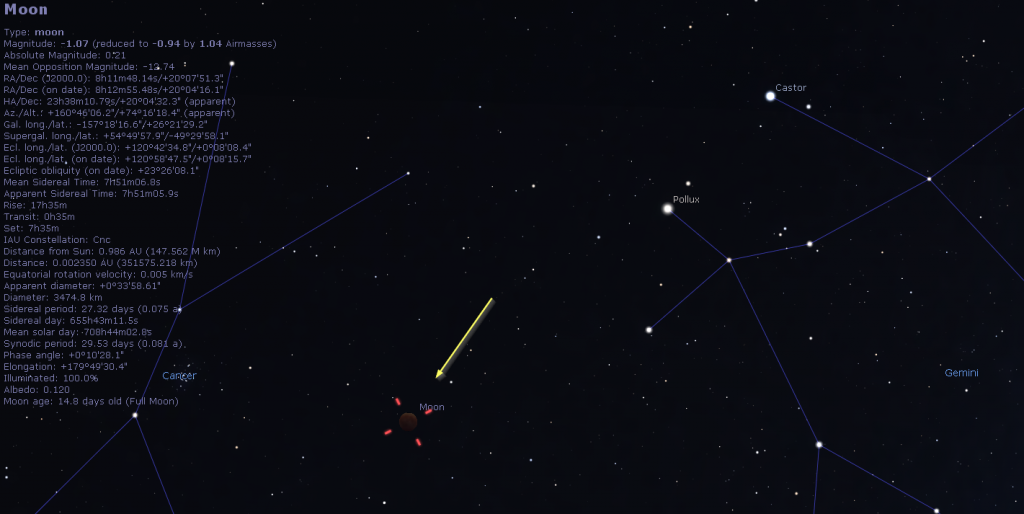
click for larger image
One of the better online resources you can visit for times is the Time and Date site (link: https://www.timeanddate.com/eclipse/). This site will allow you to easily view the timing of different phases of the eclipse for your specific location.
Assuming you have clear skies, this is an excellent event because you won’t need any special equipment to get some very real enjoyment out of it. And yes, for anyone who as not witnessed a total lunar eclipse, the moon will change color to a copper or red.
For those looking for more information, or to possibly check out other past and upcoming eclipses the NASA Goddard Space Flight Center publishes information about eclipses. Information about lunar eclipses, including the upcoming one (see chart below as well), can be found here: https://eclipse.gsfc.nasa.gov/lunar.html
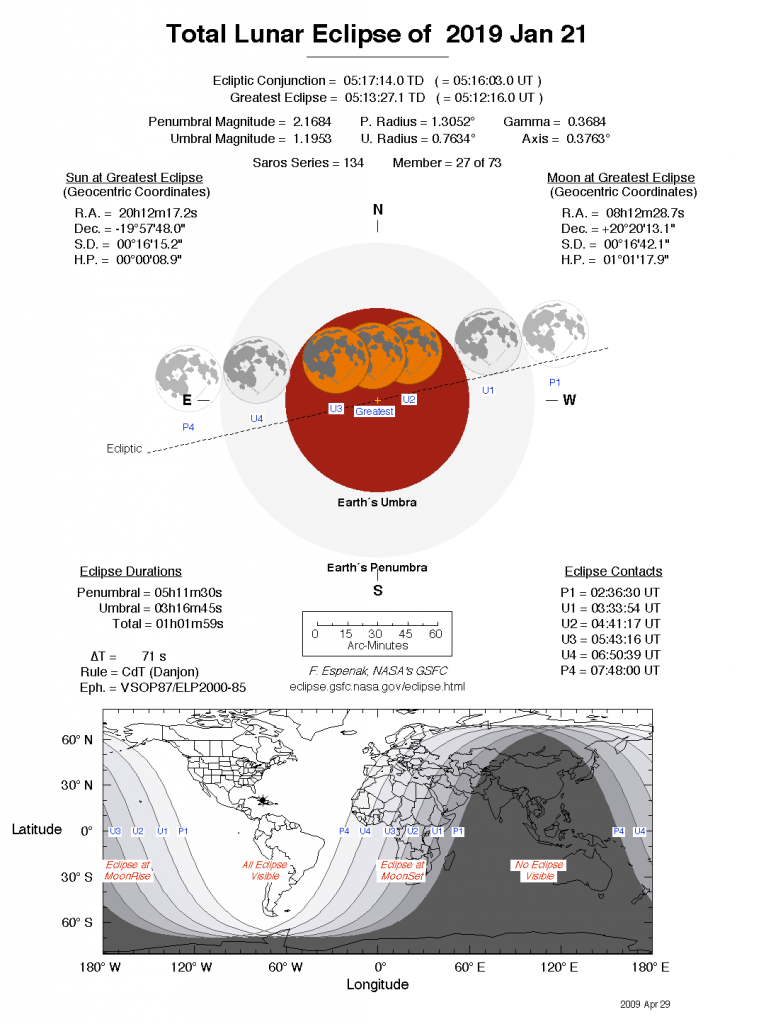
click for larger image or visit the original link
For those wondering why this might be. The red color is caused because the Earth is covering, and blocking, all of the direct sunlight that would normally shine on the Moon during its full phase. At the same time, light is still passing through the Earths’ atmosphere. The light that goes through the atmosphere is refracted which causes the shorter wavelengths of the spectrum (you know, that ROYGBIV thing you learned in school) to be directed at the surface of the moon. Resulting in the Red/Orange coloring on the moons surface. Just think of what it must look like facing the Earth from the surface of the Moon!



